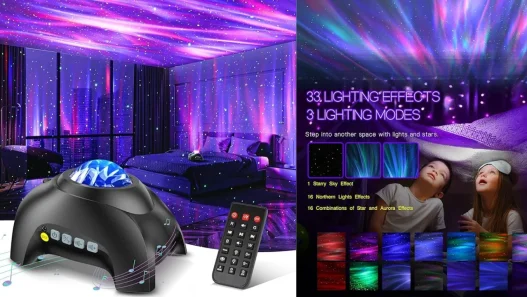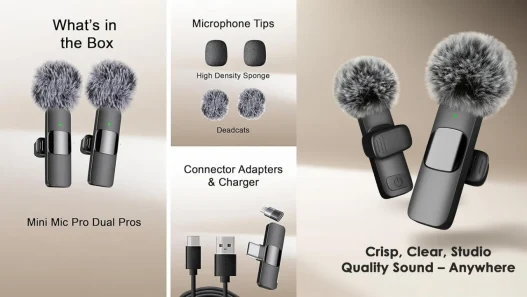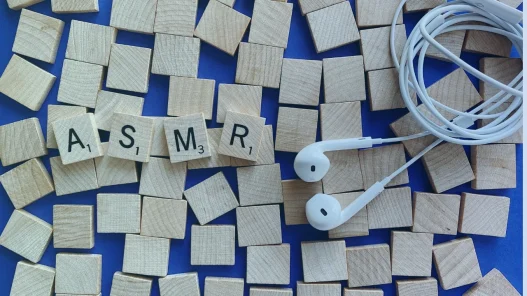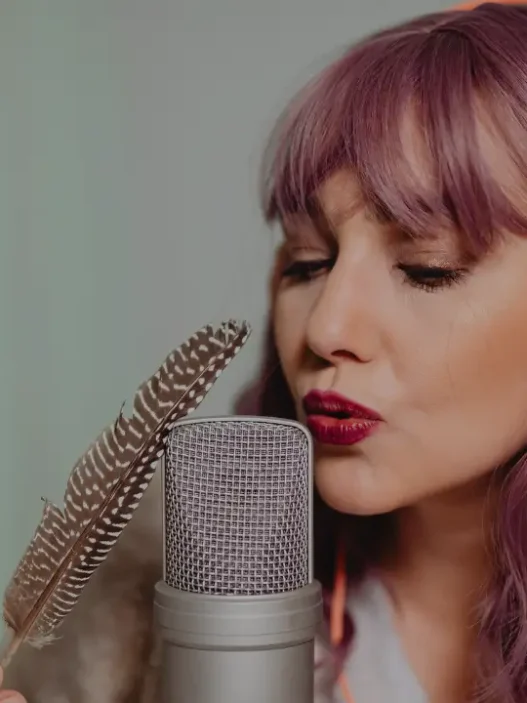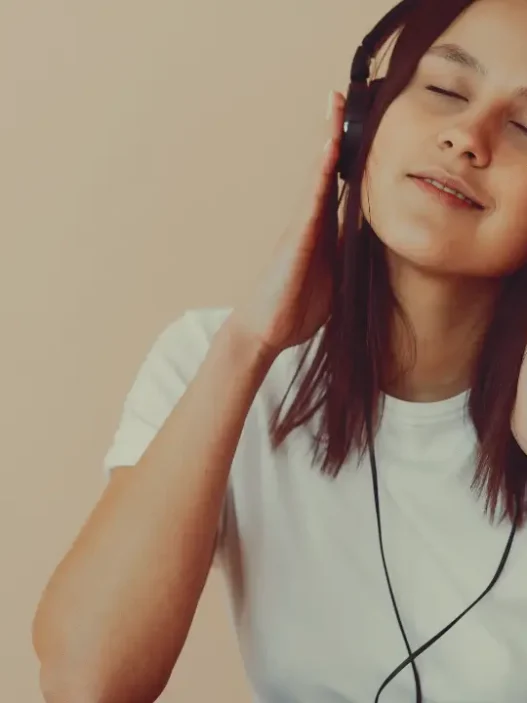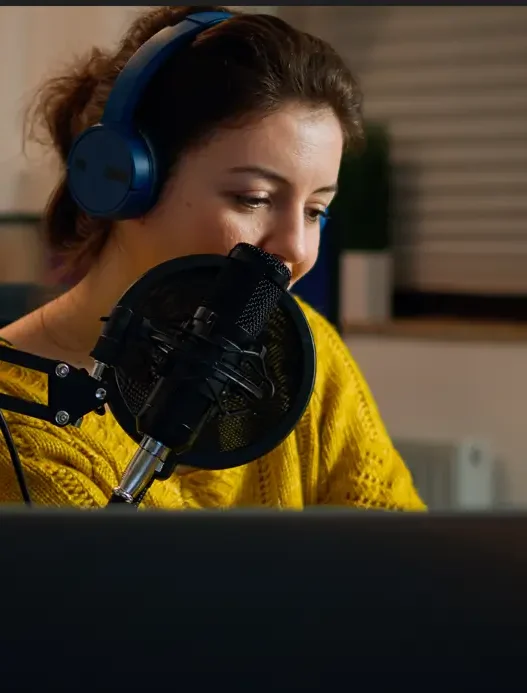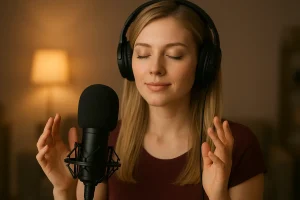Have you ever felt a tingling, calming sensation while listening to someone whisper, tap their nails, or rustle paper? If so, you’ve likely encountered ASMR—a viral sensation dominating YouTube and TikTok. But what exactly does ASMR stand for, and why does it mesmerize so many? Let’s dive in!
What Does ASMR Stand For?
ASMR stands for Autonomous Sensory Meridian Response. Breaking it down:
- Autonomous: Occurring involuntarily, without conscious control.
- Sensory: Relating to the senses (sound, sight, touch).
- Meridian: A peak or climax (referring to the tingling sensation).
- Response: The body’s reaction to specific triggers.
In short, ASMR is an involuntary sensory reaction that sparks a pleasurable, tingling feeling, often described as a “brain massage.”
A Brief History of ASMR
Though the term “ASMR” was coined in 2010 by Jennifer Allen (an online community member), the phenomenon existed long before. Early online forums in the 2000s discussed “head tingles,” but YouTube catapulted ASMR into mainstream culture. Today, ASMRtists (ASMR artists) like Gibi ASMR and Gentle Whispering boast millions of subscribers, creating content ranging from roleplays to soundscapes.
Common ASMR Triggers
Triggers vary, but popular ones include:
- Auditory: Whispering, rain sounds, page-turning.
- Visual: Hand movements, slow motions.
- Tactile: Brushing sounds, fabric crinkles.
- Situational: Roleplays like spa treatments or doctor visits.
Pro tip: Experiment with different triggers—what works for others might not work for you!
Some Common Question About ASMR
What Does ASMR Stand For on YouTube?
On YouTube, ASMR refers to long-form, immersive content designed to trigger relaxation. Creators (called ASMRtists) film 15-60 minute videos featuring:
- Roleplays: Fictional scenarios like spa visits or haircuts.
- Soundscapes: Mic brushing, page flipping, or rain sounds.
- Visual Triggers: Slow hand movements or glowing light displays.
Popular YouTube ASMRtists: Gibi ASMR (5M+ subs), Gentle Whispering (2M+ subs), and ASMR Darling. The platform’s algorithm favors longer videos, making it ideal for deep relaxation sessions.
What Does ASMR Stand For on TikTok?
On TikTok, ASMR is fast-paced and snackable. Short clips (15-60 seconds) focus on instant gratification with trends like:
- Satisfying Sounds: Slime squishes, soap carving, or kinetic sand cutting.
- Quick Triggers: Aggressive mic tapping or “ASMR cooking” (e.g., chopping crunchy veggies).
- Viral Challenges: #WaterASMR (water droplets) or #OddlySatisfyingASMR.
TikTok’s ASMR thrives on trends and hashtags (#ASMR has 35B+ views), prioritizing quick, visually engaging clips over prolonged relaxation.
What Does ASMR Stand For in Text?
In text slang, ASMR is often shorthand for calming vibes. People use it to:
- Describe relaxing music, podcasts, or even real-life moments (“This rain is pure ASMR”).
- Tag content on social media (e.g., “New ASMR vid dropping tonight!”).
- Reference the community itself (“Are you into ASMR?”).
It’s also paired with emojis like 🎧 (headphones), 🤫 (shushing), or ✨ (tingles) to convey mood.
Why Does ASMR Vary Across Platforms?
- YouTube: Focuses on depth—longer videos for sustained relaxation.
- TikTok: Prioritizes speed—quick hits of sensory satisfaction.
- Text: Acts as cultural shorthand—a way to signal calm or relatability.
Despite differences, all formats aim to evoke that signature ASMR response: soothing the mind through sensory triggers.
How to Experience ASMR
- Start on YouTube for classic triggers like whispering or ambient sounds.
- Browse TikTok for trendy, fast-paced ASMR snacks.
- Use headphones—sound quality is key!
- Experiment with triggers (e.g., tapping vs. roleplays).
Pro Tip: Search “no talking ASMR” if voices distract you, or “fast ASMR” for TikTok-style clips on YouTube.
ASMR Is Everywhere—Here’s Why
Whether you’re watching a 30-minute cranial nerve exam roleplay on YouTube, scrolling through #CelestialASMR on TikTok, or texting a friend about your “ASMR mood,” this phenomenon transcends platforms. At its core, ASMR stands for a universal craving: moments of peace in a noisy world.
Debunking Myths
Contrary to misconceptions, ASMR isn’t inherently sexual. For most, it’s a non-sexual, therapeutic experience. Respect individual preferences—what relaxes one person might not appeal to another.
Ready to explore? Plug in your headphones and let the tingles guide you.





